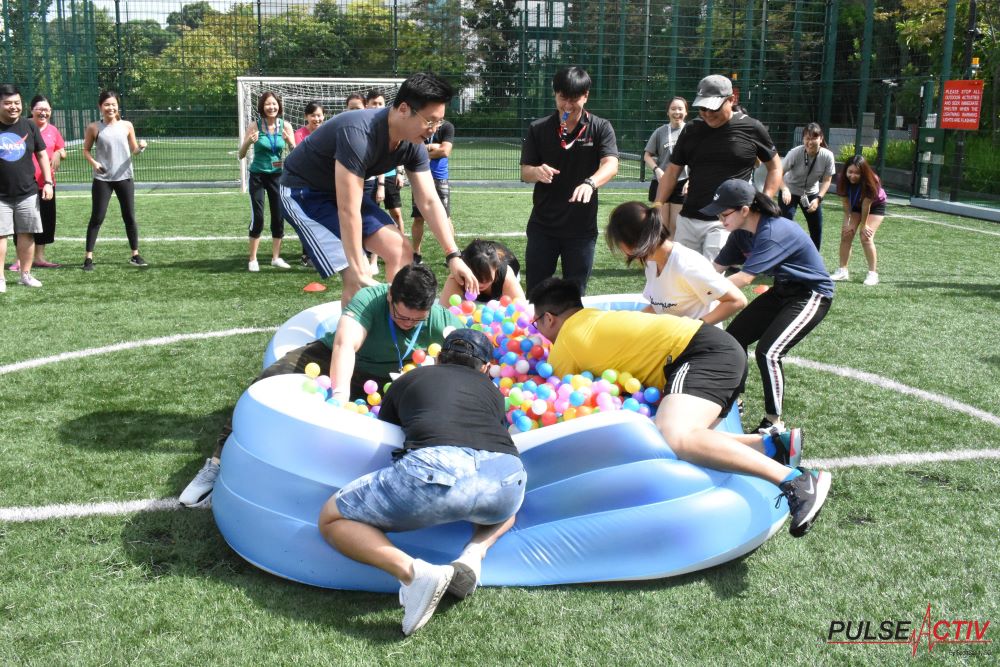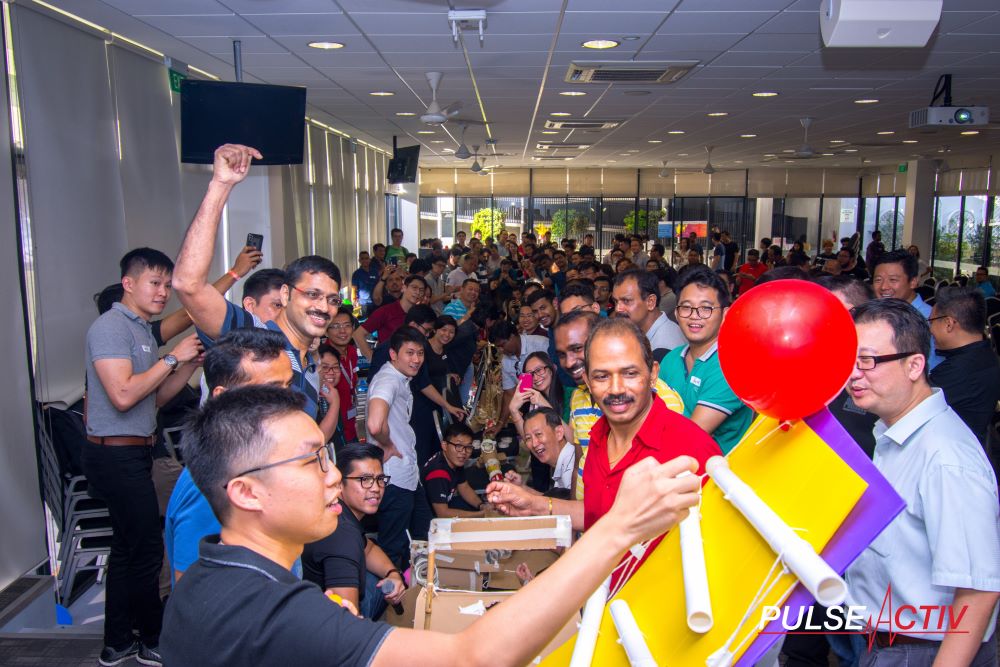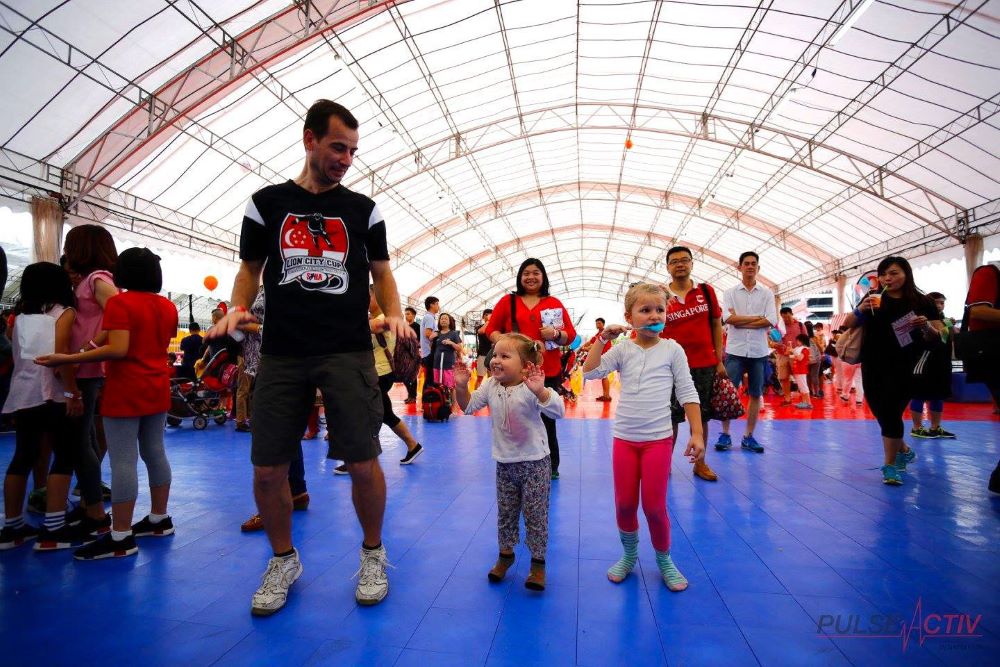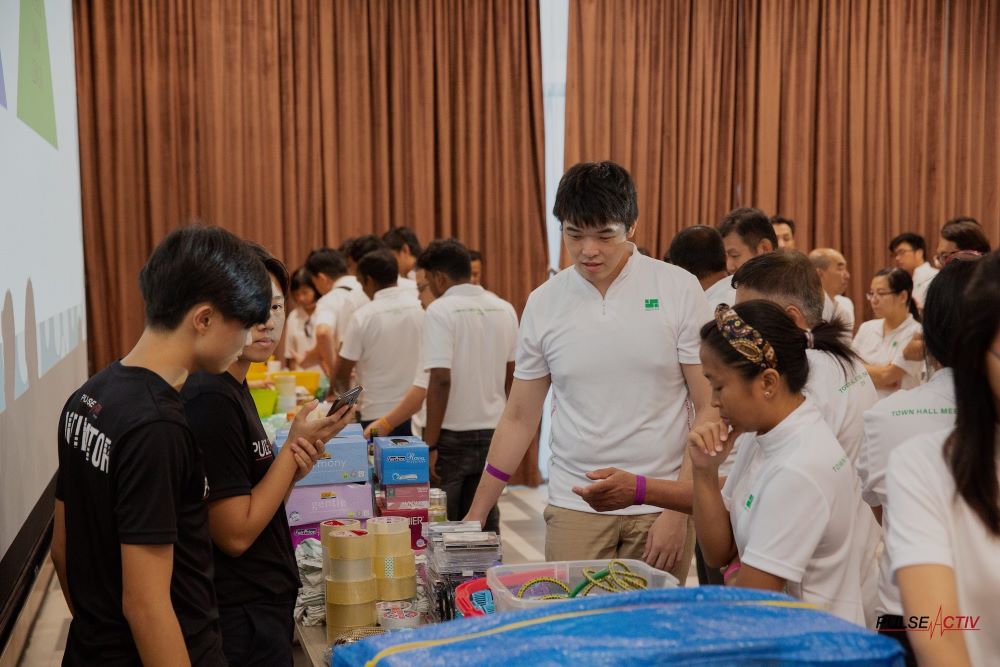Enhancing Workplace Harmony: Multi-Generational Team Building Activities
In today’s diverse workplace, integrating team members from different generations can be both a challenge and a golden opportunity. With Baby Boomers, Generation X, Millennials, and Generation Z working side by side, it’s crucial to bridge generational gaps and foster a harmonious work environment. Team building activities designed to cater to multi-generational teams can enhance communication, understanding, and collaboration. Here are some innovative and effective team building activities that can bring various generations together.
1. Storytelling Sessions
Bringing Generations Together Through Stories
Storytelling is a powerful way to share experiences, values, and knowledge. Organize sessions where team members from different generations can share their personal and professional stories. This not only helps in breaking the ice but also promotes empathy and mutual respect. Younger employees can learn valuable lessons from the experiences of older colleagues, while older employees can gain insights into the fresh perspectives and innovative ideas of younger team members.
2. Technology Workshops
Bridging the Digital Divide
Technology often creates a divide between generations, but it can also be a unifying force. Host technology workshops where tech-savvy younger employees can teach older colleagues about new tools, apps, and software. This fosters a sense of collaboration and mutual learning. Conversely, older employees can share their expertise in areas where they have extensive experience, creating a balanced exchange of knowledge.
3. The Amazing Race-Inspired Challenges
Competitive Fun Across Generations
Inspired by the television show ‘The Amazing Race,’ this activity involves teams solving clues and completing challenges that require a mix of physical activity, problem-solving, and teamwork. Design challenges that leverage the strengths of different generations, such as puzzle-solving for older employees and physical tasks for younger ones. This encourages collaboration and highlights the unique contributions of each generation. See here for PulseActiv’s Amazing race.
4. Eating Challenges
Bonding Over Food and Fun
Food is a universal language that brings people together. Organize eating challenges where employees from different generations can participate in fun and friendly competitions. These can include taste tests, speed-eating contests, or cultural food challenges where team members try dishes from various backgrounds. Such activities provide a relaxed environment for team members to bond, share stories, and appreciate diverse culinary traditions. See here for PulseActiv’s Makan Kakis.
5. Mentorship Programs
Learning Through Guidance
Establish a mentorship program where employees from different generations are paired together. Older employees can mentor younger ones, providing guidance on career development, professional etiquette, and industry insights. In return, younger employees can offer mentorship on contemporary skills such as digital marketing, social media, and new technologies. This reciprocal relationship fosters continuous learning and strengthens intergenerational bonds.
6. Volunteer Projects
Unified by Purpose
Engage your team in volunteer projects that benefit the community. Choose projects that require a variety of skills, ensuring that all generations can contribute meaningfully. Whether it’s building homes, organizing charity events, or participating in environmental clean-ups, working together for a common cause reinforces teamwork and highlights the value of diverse perspectives.
7. Game Days
Playful Competition and Team Spirit
Organize game days featuring a mix of traditional board games, trivia, and modern video games. Include games that appeal to different generations to ensure everyone feels included. For instance, trivia can test historical and pop culture knowledge, while board games like Scrabble and chess can engage strategic thinking. Video games can introduce older employees to the digital hobbies of younger colleagues, fostering mutual interests.
8. Knowledge-Sharing Workshops
Building a Learning Organization
Encourage employees to host workshops on topics they are passionate about, whether it’s professional skills, hobbies, or life experiences. This platform allows employees from all generations to share their expertise and learn from one another. Topics can range from financial planning and leadership skills to photography and travel experiences, creating a rich tapestry of knowledge within the organization.
9. Book Clubs and Discussion Groups
Intellectual Engagement Across Ages
Start a book club or discussion group that meets regularly to discuss books, articles, or current events. Choose a diverse selection of reading materials that appeal to different generations. This activity promotes intellectual engagement, critical thinking, and respectful debate. It also provides an opportunity for team members to understand and appreciate different viewpoints.
10. Outdoor Adventures
Connecting Through Nature
Plan outdoor activities such as hiking, picnics, or nature walks. These adventures provide a natural setting for team members to connect and communicate outside the traditional office environment. Physical activity and fresh air can break down barriers and encourage open, relaxed interactions. Ensure the activities are inclusive and considerate of varying fitness levels and preferences.
Conclusion
Creating a cohesive and collaborative multi-generational team requires thoughtful planning and inclusive activities. By implementing these team building strategies, you can foster an environment where all generations feel valued and respected. Embracing the strengths and perspectives of each generation not only enhances team performance but also enriches the workplace culture, paving the way for a more innovative and harmonious future.
To head back to read another article in our blog, click here.










